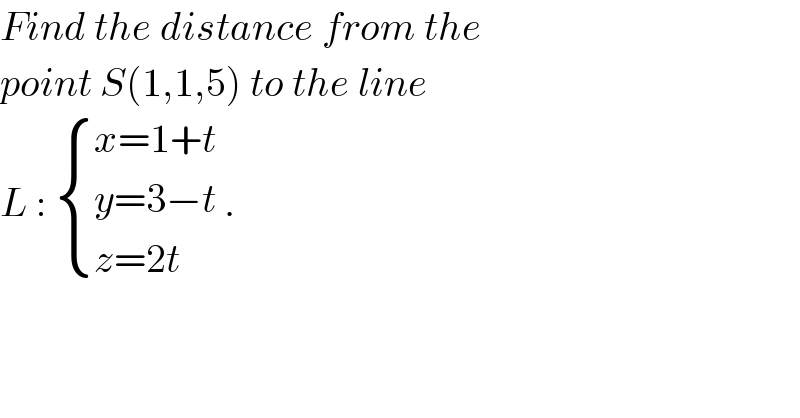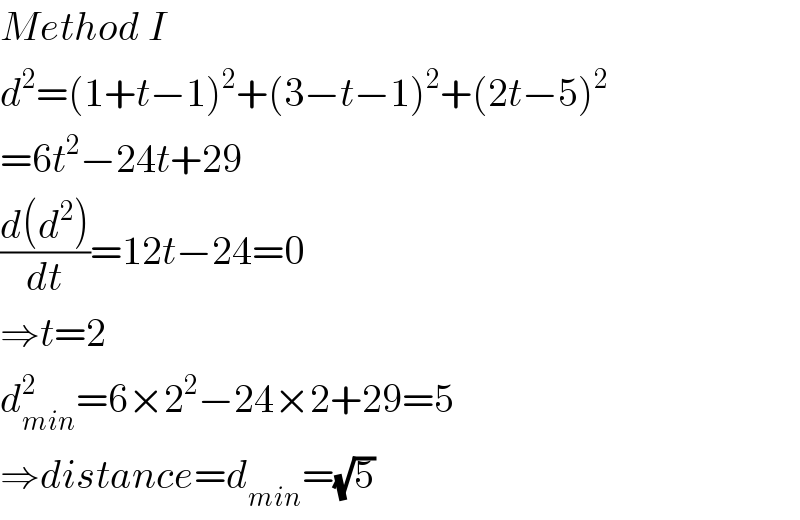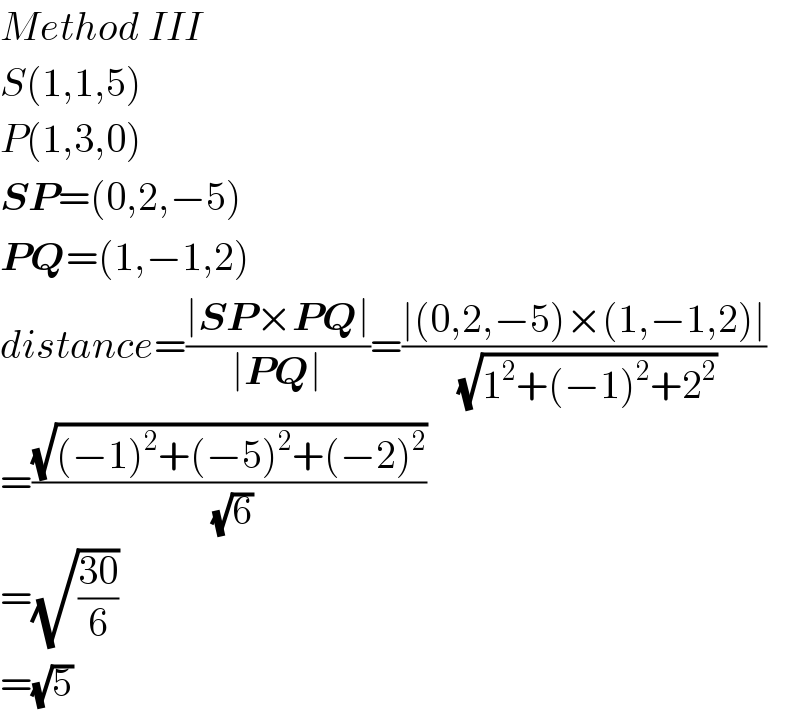
Question and Answers Forum
Question Number 123876 by john_santu last updated on 29/Nov/20

Answered by mr W last updated on 29/Nov/20

Answered by mr W last updated on 29/Nov/20

Answered by mr W last updated on 29/Nov/20

| ||
Question and Answers Forum | ||
Question Number 123876 by john_santu last updated on 29/Nov/20 | ||
 | ||
Answered by mr W last updated on 29/Nov/20 | ||
 | ||
| ||
Answered by mr W last updated on 29/Nov/20 | ||
 | ||
| ||
Answered by mr W last updated on 29/Nov/20 | ||
 | ||
| ||